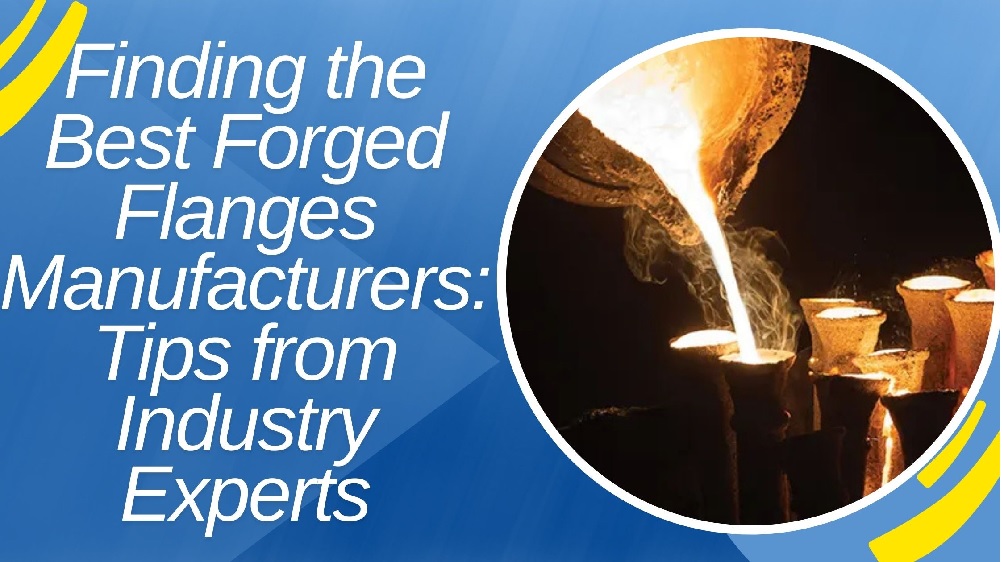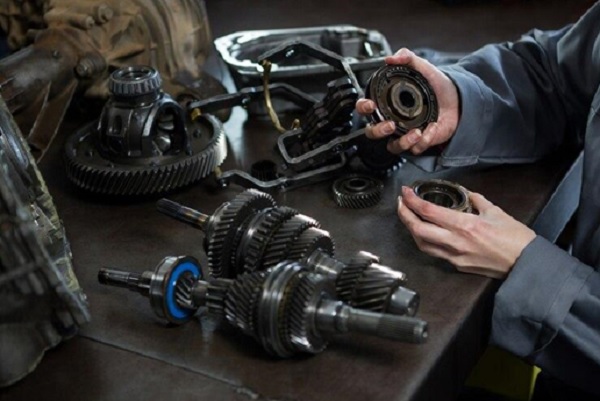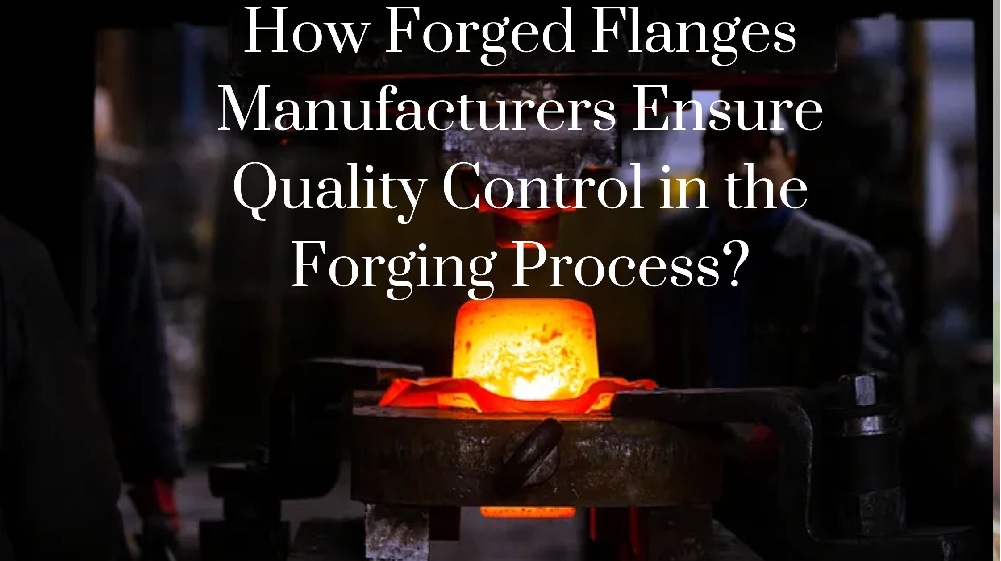Introduction
Welcome to the dynamic realm of metal injection molding (MIM), where technological breakthroughs continuously redefine manufacturing landscapes. In this exploration, we delve into the latest innovations propelling metal injection molding to new heights. From cutting-edge materials to state-of-the-art processes, discover how advancements in MIM are revolutionizing the industry. Join us on a journey through the intricate world of Metal Injection Molding Advancements, where innovation meets precision, unlocking unprecedented possibilities in modern manufacturing.
What is Metal Injection Molding (MIM)?
Metal Injection Moulding (MIM) is a cutting-edge manufacturing process that combines the durability of metal components with the accuracy of plastic injection moulding. In order to make a feedstock that is subsequently injection-molded into complex geometries, a carefully calibrated method of mixing metal powders with a binder material is used. A high-density, intricate end product is produced by the part going through debinding and sintering after moulding to remove the binder and fuse the metal particles. The capacity of this effective and adaptable process to manufacture intricate, small-to-medium-sized components with exceptional accuracy and consistency is becoming more widely acknowledged.
How Metal Injection Molding Works: A Step-by-Step Guide?
The process begins with the careful formulation of a feedstock—a blend of fine metal powders and a binder. This mixture is injected into a mold to shape the desired product, mirroring traditional plastic injection molding. The molded component then undergoes a meticulous debinding stage, where the binder is removed, preparing the part for the final step: sintering. During sintering, the metal particles fuse, creating a dense and durable finished product. This step-by-step guide unravels the intricacies of metal injection molding, highlighting the precision and efficiency ingrained in each stage.
Why Metal Injection Molding Matters in Industry?
The growing importance of Metal Injection Molding in the industrial landscape is underscored by its ability to revolutionize manufacturing processes. MIM offers unparalleled precision in crafting complex components with intricate geometries that traditional methods struggle to replicate. Its cost-effectiveness, coupled with reduced material waste, positions MIM as a sustainable solution. Moreover, the versatility of materials and alloys compatible with MIM broadens its applicability across various industries, from automotive to healthcare. This section explores the profound impact of MIM on industry, shedding light on why manufacturers increasingly turn to this innovative technique to meet evolving demands.
Tips for Maximizing Efficiency in Metal Injection Molding
Maximizing efficiency in metal injection molding (MIM) involves a strategic approach that considers various factors crucial to the manufacturing process:
-
Optimized Tooling Design: Start by investing in well-designed tooling that maximizes efficiency and minimizes waste. Precision in tool design ensures consistent and accurate production, reducing the need for adjustments and minimizing downtime.
-
Material Selection: Choose the right metal powder and binder materials for the specific application. Optimal material selection is crucial for achieving the desired mechanical properties, dimensional accuracy, and surface finish in the final product.
-
Process Monitoring and Control: Implement robust process monitoring and control systems to track key parameters such as temperature, pressure, and injection speed. Continuous monitoring allows for real-time adjustments, ensuring consistent quality and reducing the likelihood of defects.
-
Batch Size Optimization: Adjusting batch sizes to match demand can improve efficiency by minimizing waste and streamlining production schedules. Smaller batches may be suitable for prototyping or small-scale production, while larger batches may be more cost-effective for high-volume runs.
-
Post-Processing Considerations: Efficient post-processing, such as debinding and sintering, is crucial for achieving the final desired properties of the metal injection molded parts. Implementing optimized post-processing techniques can enhance overall efficiency and reduce lead times in the production cycle.
Types of Materials Used in Advanced Metal Injection Molding
Advanced Metal Injection Molding (MIM) thrives on a diverse array of materials, each playing a crucial role in shaping its versatility and performance.
-
Stainless Steel Alloys: One of the most commonly used materials in advanced MIM, stainless steel alloys offer exceptional corrosion resistance and mechanical strength, making them ideal for applications in automotive, aerospace, and medical industries.
-
Titanium: Known for its high strength-to-weight ratio, titanium finds application in MIM for components where lightweight yet robust materials are essential, such as in aerospace and medical implants.
-
Specialized Alloys: Innovations in MIM extend to the use of specialized alloys tailored for specific applications. These alloys may include combinations of rare earth elements, enhancing properties like wear resistance and high-temperature stability for demanding industrial environments.
-
Ceramic-Metal Composites: MIM has ventured into the realm of ceramic-metal composites, combining the mechanical strength of metals with the wear resistance and thermal properties of ceramics. This fusion opens new avenues in applications where traditional materials may fall short.
-
Biocompatible Materials: In the medical field, biocompatible materials like cobalt-chromium alloys are gaining prominence in MIM for manufacturing intricate components such as orthopedic implants. This ensures compatibility with the human body while maintaining the precision inherent to Metal Injection Molding.
Innovative Techniques: The Latest Trends in Metal Injection Molding
Metal Injection Molding is a dynamic field, constantly evolving with the integration of innovative techniques and technologies. This section explores the latest trends shaping the landscape of Metal Injection Molding. From advanced simulation and modeling tools for design optimization to the incorporation of additive manufacturing principles, manufacturers are pushing the boundaries to achieve unprecedented levels of precision and efficiency. Stay ahead of the curve as we delve into the cutting-edge techniques that are redefining Metal Injection Molding, paving the way for the future of advanced manufacturing.
Challenges and Solutions: Navigating Metal Injection Molding Advancements
While Metal Injection Molding brings numerous advantages, it is not without its challenges. From issues related to powder flow and tool complexity to maintaining consistent quality across large production runs, manufacturers must navigate various hurdles. This section addresses the common challenges faced in Metal Injection Molding and provides practical solutions to overcome them. By understanding and mitigating these challenges, manufacturers can ensure a smooth and efficient production process, maximizing the benefits of advanced Metal Injection Molding techniques.write a conclusion in 80 words about
Future Outlook: What’s on the Horizon for Metal Injection Molding?
Exciting potential for Metal Injection Moulding lie ahead as technology develops further. The predicted advancements and new trends that will influence MIM’s future are examined in this section. The future holds great promise for everything from the incorporation of smart manufacturing technology to the investigation of novel materials and applications. Learn about the revolutionary developments that will push the limits of precision production in the years to come, as well as the future of metal injection moulding.
Conclusion
In the ever-evolving landscape of manufacturing, Metal Injection Molding stands as a testament to ingenuity and progress. The exploration of the latest innovations in MIM reveals a transformative journey, where precision meets efficiency. As we conclude this exploration, it’s evident that Metal Injection Molding’s advancements not only address current industry needs but also propel us towards a future marked by intricate designs, sustainable practices, and unprecedented possibilities in the realm of precision manufacturing. The continuous evolution of MIM promises to shape industries and redefine the standards of excellence.




I genuinely admire the way you write blogs. I bookmarked it and will return to it. Excellent post. Right now, I’m learning something difficult and completely new from websites with excellent articles or reviews.